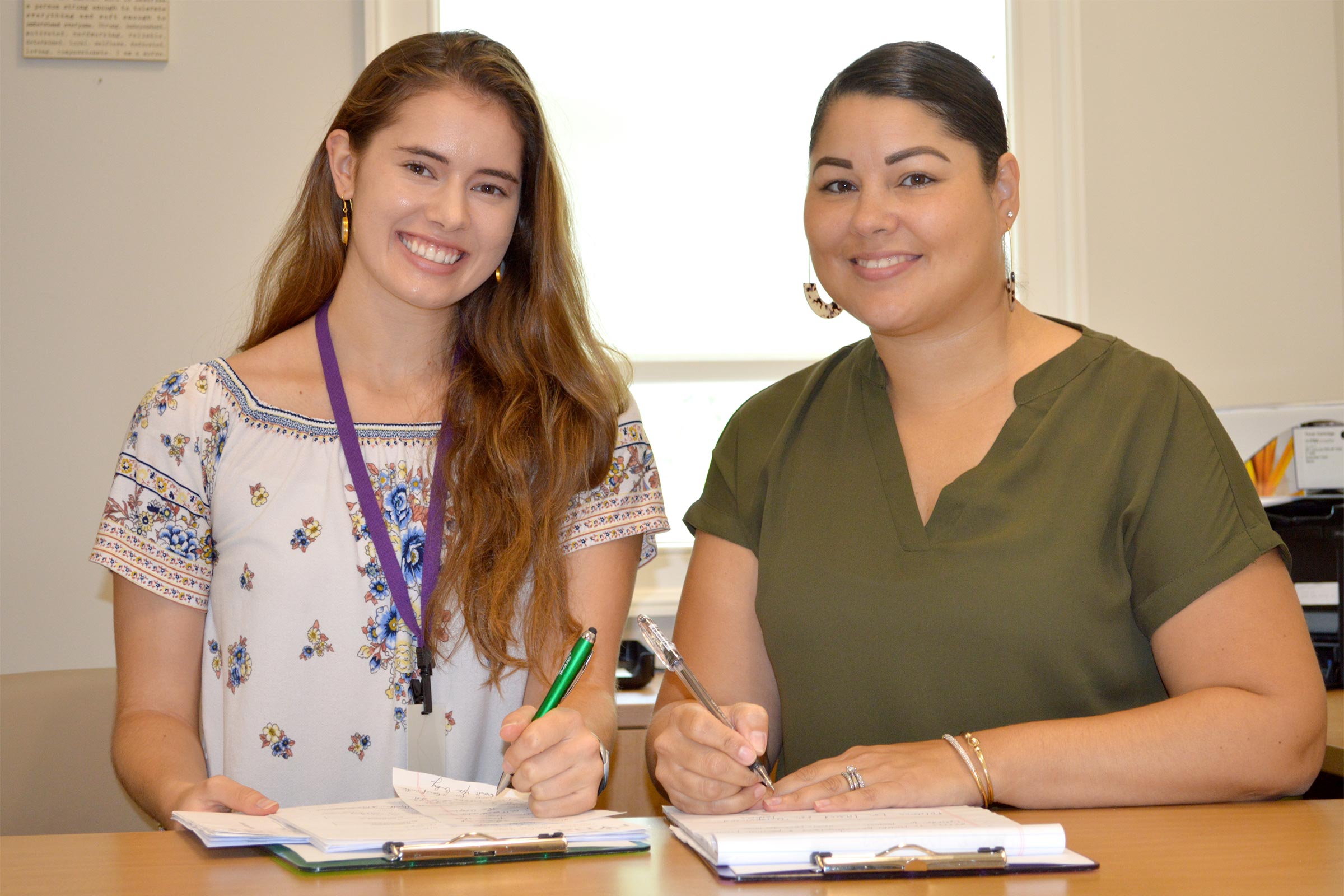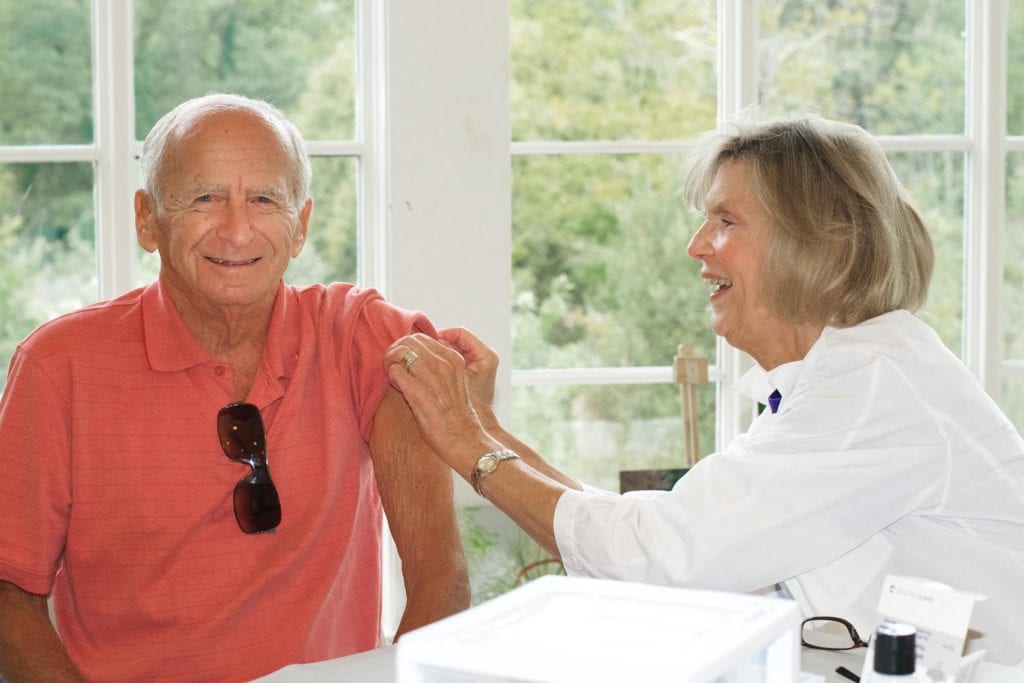Above: Eileen Walker, RVNA Board of Directors Chair (left) with RVNA President and CEO Theresa Santoro.
Dedication. Vision. Compassion. These are among the many traits that members of RVNA’s Board of Directors embody.
In July, RVNA said “Welcome!” to three new Board directors for the 2019-2020 term: Jill Bornstein, Joyce Ligi and Dean Miller.
Stepping down is Vicki Mueller, a longtime director and Finance Committee member. Though Mueller’s term expired in July, she will continue to stay engaged with RVNA as a member of the Finance Committee.
“We are grateful for the service, leadership and commitment that our current and past board members bring to RVNA,” says RVNA President and CEO Theresa Santoro. “We are proud of the impact that we have had on so many lives in the communities that we serve, and we look forward to continuing to bring health, care and wellness to individuals at all life stages.”
Meet the New Board Members
Jill Bornstein is the co-founder and CFO of Inspiring Comfort, a social-good company that aims to empower, teach and equip people of all ages, through skill-based learning, how to create compassionate connections. She previously served in senior finance roles at GE, on the board at buildOn, and as an elected Town Board of finance official for the Town of Ridgefield. Currently president at Tiger Hollow Inc., Bornstein has also been in leadership roles with Ridgefield Aquatic Club, Ridgefield Academy and Junior League.
Joyce Ligi first joined the RVNA Board of Directors in May 1978, and has served nearly continuously since then. She became Board Vice President in 1995, and was then President between 1997-2001. She again served as Vice President from 2013-2015. Ligi retired from Fairfield County Bank in 2010 as a Senior Vice President, Community Relations. She has volunteered with numerous area nonprofit organizations, including United Way, Danbury Hospital and Meals on Wheels.
Dean Miller is a retired financial executive who spent most of his career at GE Capital. He is currently the Board Chair and President at Meals on Wheels of Ridgefield, Connecticut, in addition to serving in Board Member and Treasurer roles with Thrown Stone Theatre Company and New England Auto Museum. Miller earned his CPA with a public accounting firm after graduating from Syracuse University with a bachelor’s degree in accounting.
To see the full list of RVNA Board of Directors members, visit the Management and Board of Directors page.














